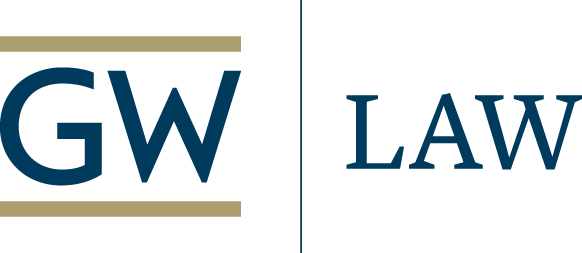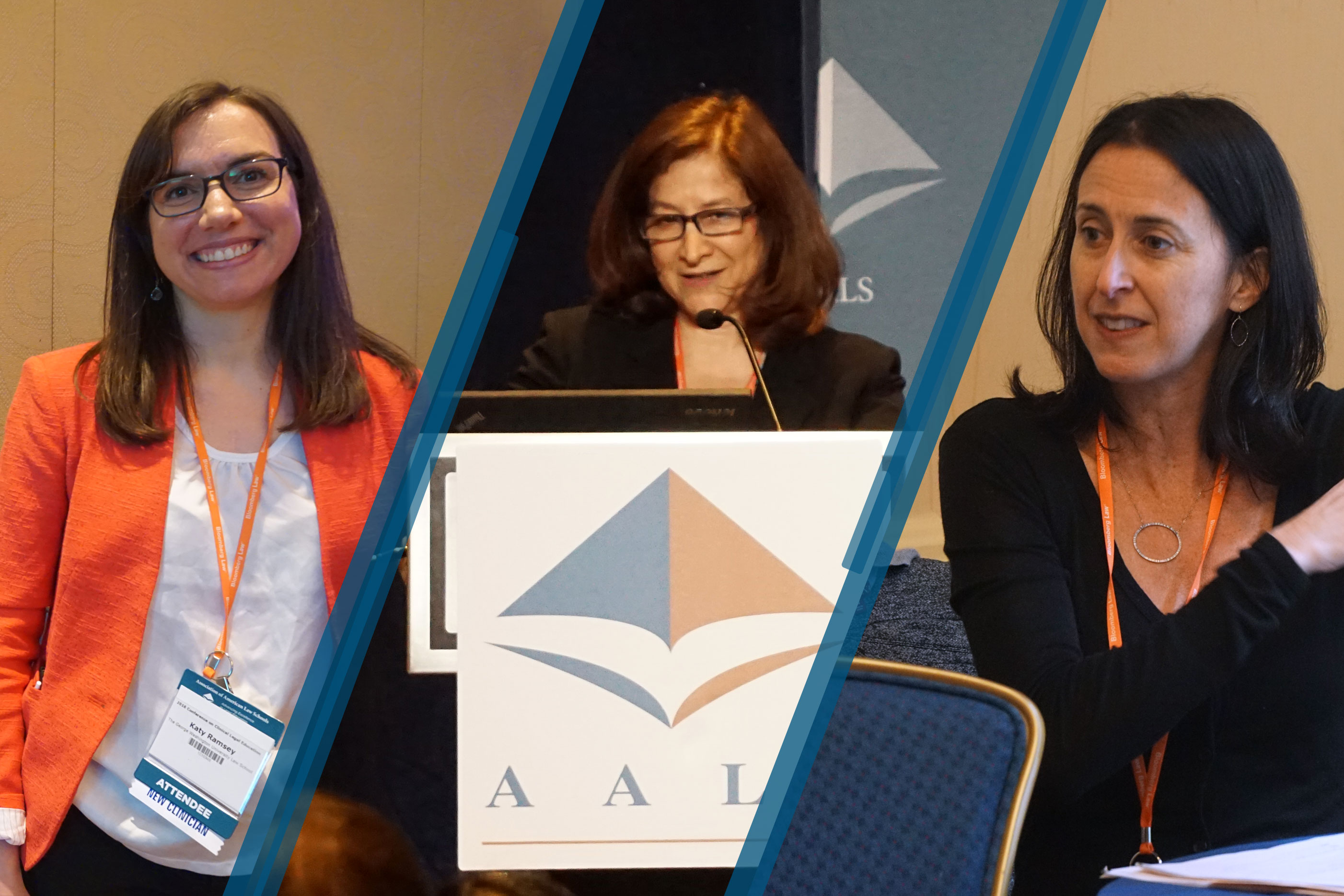This spring, more than 650 clinicians attended the Association of American Law Schools' 39th Conference on Clinical Legal Education, where representatives from GW Law played prominent roles. Notably, Dean Blake D. Morant, then President of AALS, appointed Phyllis Goldfarb, Jacob Burns Foundation Professor of Clinical Law and Associate Dean of Clinical Affairs, to chair the conference.
"I agreed to take responsibility for the 2016 conference because I know that the work done at the annual clinical conference has been responsible for the evolution of clinical education over the past four decades," said Associate Dean Goldfarb about her appointment.
The theme and location of the 2016 conference were integral to the event. The AALS had already chosen Baltimore as the site of the conference, and the planning committee was appointed at a time of local and national activism in the wake of Freddie Gray's death while in police custody. Growing out of these circumstances, the theme, "Clinics and Communities: Exploring Community Engagement Through Clinical Education," acknowledged clinical education's roots in earlier social movements and developed a program that considered clinics’ engagement with communities and community movements in 2016.
“It was an intentional choice to make Baltimore not just the place we gathered, but a part of the conference. The fact that we were meeting in Baltimore when community movements were so active helped define the theme for the program,” Associate Dean Goldfarb said.
More than 350 speakers, including several from GW Law, covered a wide range of topics at the event. Professors Susan Jones, Laurie Kohn, and Jessica Steinberg served on concurrent panels. Respectively their panels addressed clinical partnerships with community-based organizations working for economic justice, developing empathy in students for clients and communities, and the relationship between empirical research and community advocacy. Pallavi Rai Gullo, the Jacob Burns Community Legal Clinics' Managing Attorney, led a session of a working group for clinic administrators. In addition to serving as the Conference Chair, Dean Goldfarb presented on a panel about evaluating new forms of experiential education.
GW Law’s Friedman Fellows also were involved in the conference. Etienne Toussaint presented on the concurrent panel with Professor Jones. Katy Ramsey presented both a paper during a works-in-progress session and a poster on a clinical mentoring program that is sponsored by the Committee on Mentorship, Outreach, and Training of the AALS Section on Clinical Legal Education.
Thanks in part to these contributions from the GW Law community, the 2016 Clinical Conference provided valuable academic resources to clinical programs across the country and advanced the nationwide development of clinical legal education.


